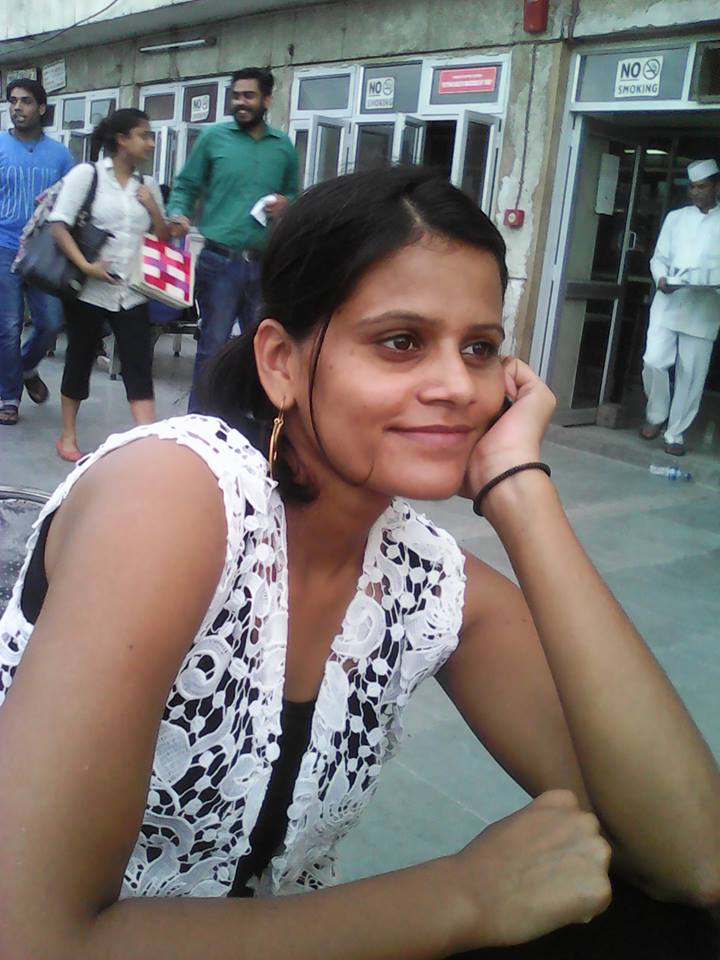Ila Patnaik
Economists have tended to focus on expenditure patterns, consumption and income to assess poverty and inequality in rural India. Within these categories, the debate among economists normally focuses on the average consumer or the one living below the poverty line. This approach fits well with methods for studying changing inequality in most countries. However, it ignores the most important aspect of rural India—the inequality created by the caste system.
A focused study of Dalits finds that the growth of the market economy has ushered in a reduction in caste and social inequality with an impact more fundamental and far reaching than the changes in average income or expenditure patterns. Dalit well being, when measured by personal consumption patterns, practices around social events, personal relationships across castes and expansion into non-traditional economic activities and occupations, shows rapid improvement in the market reform era in contrast to previous decades.
A study by Devesh Kapur, Chandra Bhan Prasad, Lant Pritchett and Shyam Babu, titled Rethinking Inequality: Dalits in Uttar Pradesh in the Market Reform Era, presents results from a study of Dalits in two blocks of Uttar Pradesh— Azamgarh district in east UP and Bulandshahar district in west UP. The survey was designed and implemented by members of the Dalit community and all Dalit households in the Block responded to questions about social practices and conditions important to them currently and in 1990.
The study finds that there have been major changes in the grooming, eating, and ceremonial consumption patterns of Dalits, signaling their higher social status by adopting higher status consumption patterns. The study starts the analysis of social changes with what might seem not social, but apparently trivial consumer items: the use of personal grooming products such as toothpaste, shampoo, bottled hair oil. When Dalits are treated as social inferiors, then they also can appear in society with lower standards of personal appearance. Change in grooming is seen as an assertion of social aspirations. The study finds massive shifts in the use of the three personal grooming products. Almost none of the respondents recalls using these in 1990, while today over half of the people in both blocks report someone in the household using each of the three items. Dalits who used none of these three items went down by 80%. The use of toothpaste and shampoo rose from near zero levels to over half the respondents using these products today.
courtesy: financial express, aug 15/10








